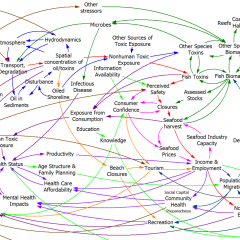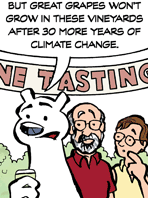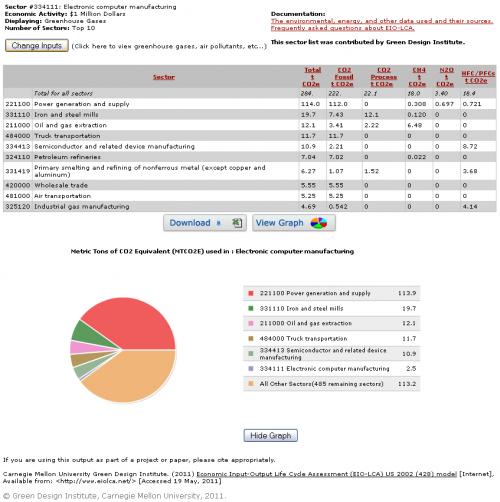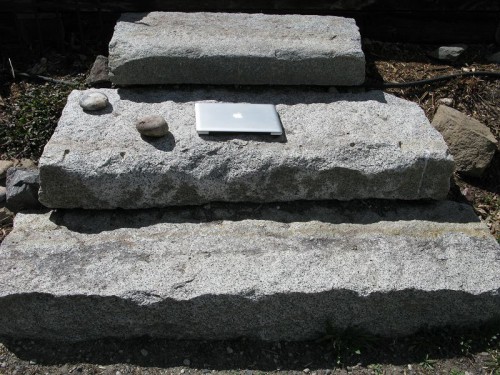I’ve been browsing the ALEC model legislation on ALECexposed, some of which infiltrated the Montana legislature. It’s discouragingly predictable stuff, but not without a bit of amusement. Take the ALEC Energy Principles:
Mission: To define a comprehensive strategy for energy security, production, and distribution in the states consistent with the Jeffersonian principles of free markets and federalism.
Except when authoritarian government is needed to stuff big infrastructure projects down the throats of unwilling private property owners:
Reliable electricity supply depends upon significant improvement of the transmission grid. Interstate and intrastate transmission siting authority and procedures must be addressed to facilitate the construction of needed new infrastructure.
Like free markets, federalism apparently has its limits:
Such plan shall only be approved by the commission if the expense of implementing such a plan is borne by the federal government.

 (Click through for the full strip)
(Click through for the full strip)
